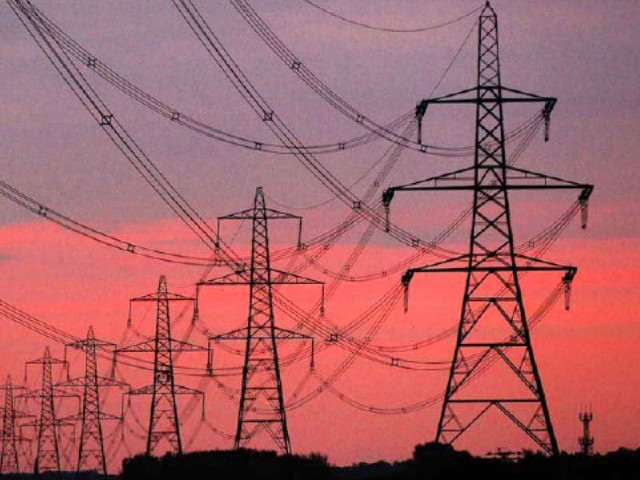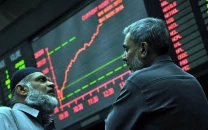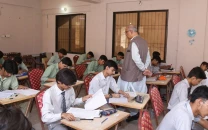NEPRA reserves decision on new tariff slabs
Govt plans to exclude over 8m consumers from subsidy programme

The National Electric Power Regulatory Authority (Nepra) on Monday conducted a public hearing on a petition filed by the federal government seeking to introduce new tariff slabs to deprive over eight million electricity consumers of subsidy.
The federal government has already approved policy guidelines to create new tariff slabs in an effort to reduce the power subsidy by around Rs42 billion per annum.
At present, 22 million electricity consumers are getting subsidy. However, the tariff relief will be restricted to 13.9 million consumers, which will be only through the Ehsaas social welfare programme, following the implementation of reforms.
Nepra held the public hearing, headed by its Chairman Tauseef H Farooqi, to discuss the policy guidelines for power sector subsidies.
The Ministry of Energy (Power Division) had filed a petition seeking the regulator’s approval to implement the policy guidelines for providing the basis for retargeting the power subsidies.
The Power Division requested Nepra to incorporate a new mechanism in the tariff schedule, which would create four new tariff slabs and slash the subsidy. It will also apply to the consumers of K-Electric in Karachi. In the petition, the Power Division sought approval of the expanded definition of lifeline consumers, which would also cover the residential consumers having non-Time of Use (ToU) meters with maximum last 12-month and current month consumption of 100 units, where two rates for 50 and 100 units would continue.
READ FBR removes officials on misconduct
It also sought the regulator’s nod for creating a new category of protected consumers - those consuming 200 kilowatt-hour (kWh) per month consistently for the past six months. It wanted to break the 301-700 slab into four categories - from 301-400, from 401-500, from 501-600 and from 601-700 - with the same marginal tariff, meaning there would be no change in the electricity rate.
However, the Power Division said that each of these slabs would continue to get the previous slab benefit of 300 kilowatts.
“We also want to create a protected slab of up to 200 units of monthly electricity consumption,” Central Power Purchasing Agency (CPPA) officials said during a briefing.
The purpose of introducing that slab was to pay the subsidy to the rightful claimants, they said.
“We want to link the subsidy to the Ehsaas programme,” officials of the Ministry of Energy said at the public hearing. “Whatever we decide, we will look after the interest of consumers,” the Nepra chairman said.
Ministry of Energy officials revealed that the Neelum-Jhelum project surcharge had ended.
When Nepra asked about a government notification announcing the end of the surcharge, the ministry officials said they would have to check.
Energy ministry officials said that consumers using electricity in the range of 50 to 100 units per month would not be subject to surcharges.
“We will subsidise electricity only for the poor,” CPPA officials said, adding that it was now the first phase of rescheduling the power subsidy. Second and third phases will begin later. Asking about the second and third phases, the Nepra chairman said, “Please tell what the story is and do not complicate matters.”
A representative of the Pakistan Engineering Council, who participated in the hearing, said that capacity payments by electricity consumers should be discontinued.
“Instead of capacity payments, the government should focus on generating cheap electricity,” he said.
Prominent businessman Zubair Motiwala said that the Karachi Chamber of Commerce did not support the rescheduling of power subsidies. “This is like giving a free hand for power theft. Why the performance of electricity distribution companies is not improved,” he asked.
Nepra, while concluding the hearing, said that it would announce the decision later.
Earlier in March this year, the Economic Coordination Committee (ECC) was told that electricity subsidy for residential consumers should be restricted to the lowest socio-economic class. It was possible by using the Ehsaas socio-economic registry after the completion of a survey and linking the residential electricity meters with the Computerised National Identity Cards (CNICs), the committee was told. At present, the subsidy is provided to consumers of up to 300 units per month.
Published in The Express Tribune, August 10th, 2021.
Like Business on Facebook, follow @TribuneBiz on Twitter to stay informed and join in the conversation.



















COMMENTS
Comments are moderated and generally will be posted if they are on-topic and not abusive.
For more information, please see our Comments FAQ